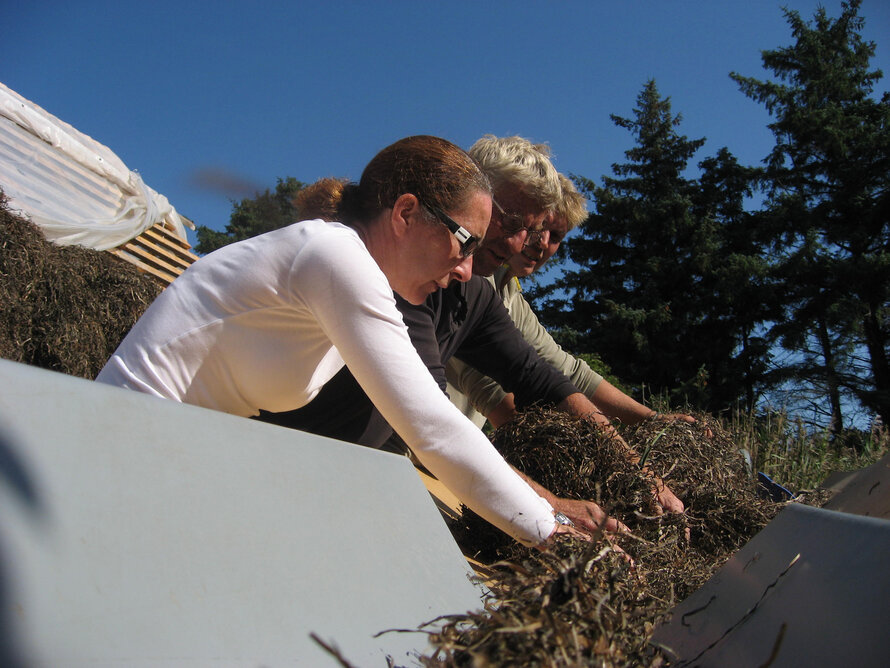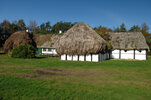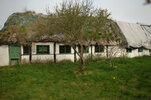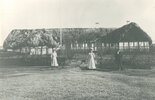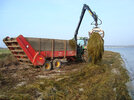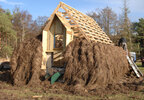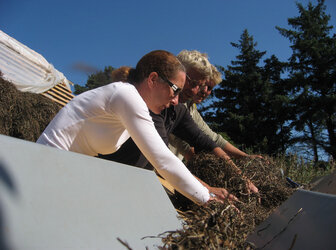The Seaweed Bank, island of Læsø
Conservation of the unique 'seaweed farms' on the island of Læsø - farms with seaweed as roofing material - has been debated for many years, but until recently without any solution in prospect. General developments in building on the island have resulted in the traditional ...
Read more
Project details
| Title: | The Seaweed Bank, island of Læsø |
|---|---|
| Entr. year: | 2012 |
| Result: | Award |
| Country: | Denmark |
| Category type: | Awareness-raising |
| Architect / Proj.leader: | Education, Training and Awareness-Raising |
| The Jury's citation: | "By awarding the conservation of the seaweed-thatched farm houses on Laesoe Island, the Jury draws attention to a very sensitive and threatened heritage phenomenon that would have been lost without the idea of the Seaweed Bank. Focusing not only on the technical, but also the social aspect of this needlework-architecture, the initiative shows a remarkable example of voluntary work done by enthusiasts that allowed for an almost impossible preservation task to be accomplished with local and national resources." |
| Web, Links: | www.tangtag.dk/ |
Description:
Conservation of the unique 'seaweed farms' on the island of Læsø - farms with seaweed as roofing material - has been debated for many years, but until recently without any solution in prospect. General developments in building on the island have resulted in the traditional houses being nearly eradicated during the course of just one generation. A core problem is that since the 1930s a fungal disease in seaweed has resulted in there being no viable seaweed available for thatching. Conditions for promoting conservation efforts have thus been virtually non-existent, and the few remaining seaweed farms are technically in poor condition. Luckily, after more than 80 years it has now again become possible to obtain usable seaweed - eelgrass - from other parts of Denmark. Committed craftsmen from Læsø experimented with reviving old craft techniques, and this resulted in a successful test project, which forms a foundation for a new approach to seaweed farm conservation. On the basis of the results of a test project in 2008, a group of enthusiasts determined to secure conservation of the island's built heritage have carried out a plan to establish a 'seaweed bank' (in the following referred to as 'the Seaweed Bank'). Consequently, high-quality eelgrass is now available on the island, and this essential resource for saving the architectural heritage has been secured.
